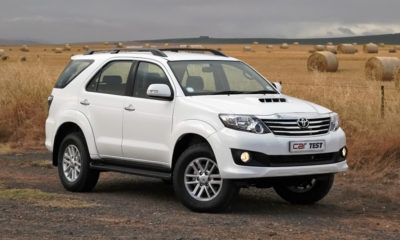Kewer Conradie is an expert on beetles … those members of the Coleoptera family. He has often regaled me with stories about the useful lives some types of beetle lead. Did you know that South Africa exported many thousands of dung beetles (scarabidae) to Australia over the last 50 years? They don’t have suitable beetles of their own, with the result that our bugs were needed to bury the millions of animal droppings that litter the Australian bush. By this means, the Australian bush-fly population was reduced by 90%. A few months ago, Kewer phoned me and said: “I’ve just bought a coleoptera wolfburgiensis.”
“A what?” I enquired.
“A Volkswagen Beetle,” he said laughingly. “You know, the main VW factory is in Wolfsburg, so I gave the car
a scientific name.”
“Be careful,” I said. “A man of your age should take it easy. You might end up with water-on-the-knees, like a priest, because you’ll spend most of your time kneeling behind the engine.”
That’s how his second Beetle love affair started.
I saw the car for the first time when Kewer brought it in because it refused to idle and could only be persuaded to run by pumping the pedal and keeping the engine speed well above idle. This happened practically overnight, so I suspected the electric-idle cut-off valve was most likely faulty.
I showed him the valve in the shape of a small cylinder (the solenoid) sticking out from the side of the carb near the adjustment screws. I then switched the ignition on, found the wire bringing a current from the coil, pulled it off and touched the connection with the live wire. We should have heard a clicking sound as the solenoid moved, but there was nothing. I then traced the wire back to the coil and found a loose connection where it was connected at the plus terminal of the coil. When this was fixed, the Beetle was restored to its former condition.
The purpose of the switch is to cut-off fuel to the idling jet when the ignition is switched off in order to prevent “running-on”, i.e. idling roughly without the benefit of a spark. This usually happens when a local hot spot occurs inside the engine. The solenoid works against a spring and if it doesn’t get a current, the valve doesn’t open and the engine won’t idle.




